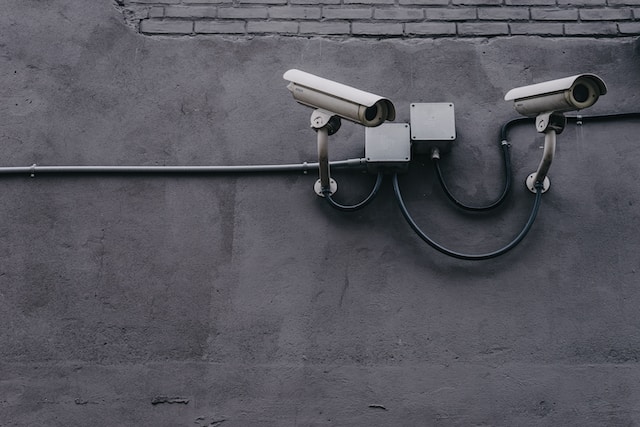An EAC system uses technology like card readers, PINs or a management dashboard to identify people and grant access to doorways, gates & barriers, and designated routes. If an employee with elevated access loses their swipe card, it only takes seconds to flag that person in the system and remove their access.
Increased Security Awareness
Electronic access control systems Orlando limit physical access to your business or data center. Using login credentials like access cards, PINs, security tokens, or biometric scans to identify users before granting access, this system prevents unauthorized people from gaining entry to sensitive areas. An EAC system can also keep track of employees, visitors and recurring guests. This information can help verify that only authorized personnel are in the building and can be used to monitor employee attendance and fire safety management or report security breaches and crime. EAC systems also eliminate the possibility of human error causing a violation. With a traditional lock, if an employee leaves without handing in their key or the key gets lost, you might not have any evidence that they entered the building at all.
Reduced Risk of Theft or Burglary
The most basic access control systems utilize cards with a photo of the cardholder that must be swiped to gain entry. More advanced techniques can use fingerprint, facial recognition or even smart credentials to allow access to your property. Many companies have areas of the building that must only be accessible by certain people, such as a records room or computer rooms with sensitive information. An electronic access system lets you keep those rooms secure without changing locks. Advanced techniques allow you to deactivate a lost credential from a remote dashboard or mobile app. This eliminates the need to change locks when someone loses their key or lends it to a friend. Access control can be integrated with security systems like fire alarms and CCTV cameras for a complete security solution.
Instant Alarm Responses
In addition to preventing unauthorized entry, an access control system can automatically alert authorities and others in the event of suspicious activity. This functionality can save lives and protect critical areas. Unlike traditional mechanical locks that grant access to anyone with a credential, modern electronic systems use different communication technologies that allow administrators to monitor and control access remotely. Some options include RFID, near-field communication and more. In the multifamily space, tenants expect convenience and a digital experience. Using an electronic access card to enter their apartment, parking garage and fitness center is far more convenient than carrying multiple keys for the same purpose. It also makes it easier for dog walkers, grocery services and delivery persons to enter buildings. This provides better accountability, enhances security and helps meet compliance regulations for highly regulated industries.
Detailed Logging
Modern access control systems can keep your facility secure with a higher level of accountability. By connecting to your security infrastructure, they can automatically activate emergency protocols during certain situations such as fires, active shooter events and more. Unlike traditional keys, digital key cards can be instantly deactivated when reported as lost or stolen. They also have a much lower chance of being copied or spoofed and are easier to manage for various reasons. Many organizations want to restrict access based on time and day. Cleaning crews, for example, may need to enter during off hours. Access control can give them custom “keys” that work only on their scheduled shifts, which helps ensure only the people who are supposed to be there gain entry.
Reduced Maintenance Costs
A business access control system keeps unauthorized individuals out using electronic hardware activated by credentials like card readers, PINs, fobs or smartphones at entry points. It reduces security staff time spent managing certificates or letting people in and automates alarm handling, boosting responsiveness. Setting up permissions based on shifts, times of day, employee rank, job title, or other criteria you specify is easy. You can even give temporary access to contractors, vendors or suppliers for specific dates and time windows. An access control system also enables you to monitor and re-program credentials from one central location instead of multiple doors, saving you money on labor and maintenance costs. It also eliminates human errors that could lead to a security breach, like misreading a name tag or forgetting to log a visitor’s entry.

